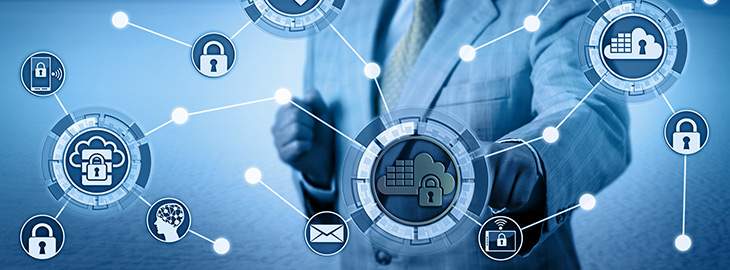Technology Risk Management:
In today’s rapidly evolving technological landscape, businesses face a myriad of risks that can significantly impact their operations, finances, and reputation. From cybersecurity threats to data breaches, the challenges are numerous and complex. To navigate these risks successfully, organizations must master the essentials of TRM technology risk management. Explores key concepts, strategies, and best practices to help businesses effectively manage technology-related risks.
Understanding Technology Risk Management
Technology risk management (TRM) is the process of identifying, assessing, and mitigating risks associated with the use of technology in an organization. It involves a systematic approach to managing risks that can arise from the use, adoption, or integration of technology into business processes. TRM aims to minimize the negative impact of technology-related risks while maximizing the benefits that technology can bring to an organization.

Key Components of TRM
- Risk Identification: The first step in TRM is to identify potential risks associated with technology. This includes understanding the types of risks that can affect the organization, such as cybersecurity threats, system failures, and regulatory compliance issues.
- Risk Assessment: Once risks are identified, they must be assessed to determine their potential impact and likelihood of occurrence. This involves analyzing the vulnerabilities of existing systems and processes and evaluating the effectiveness of current risk mitigation measures.
- Risk Mitigation: Based on the assessment, organizations can develop and implement risk mitigation strategies to reduce the impact of identified risks. This may include implementing security controls, adopting best practices, and investing in technology solutions.
- Monitoring and Review: TRM is an ongoing process that requires continuous monitoring and review of technology-related risks. This helps organizations stay ahead of emerging threats and adapt their risk management strategies accordingly.
Best Practices for Mastering TRM
- Develop a Risk Management Framework: Establish a comprehensive TRM framework that outlines the organization’s approach to managing technology risks. This framework should include policies, procedures, and guidelines for identifying, assessing, and mitigating risks.
- Align TRM with Business Objectives: Ensure that TRM activities are aligned with the organization’s overall business objectives and risk appetite. This will help prioritize efforts and resources towards managing the most critical risks.
- Engage Stakeholders: Involve key stakeholders, including senior management, IT personnel, and business units, in the TRM process. This ensures that everyone is aware of their roles and responsibilities in managing technology risks.
- Regularly Update Risk Assessments: Technology risks are constantly evolving, so it’s important to regularly update risk assessments to reflect new threats and vulnerabilities. This allows organizations to adapt their risk management strategies accordingly.
- Invest in Training and Awareness: Provide training and awareness programs to employees to help them understand the importance of TRM and how they can contribute to managing technology risks effectively.

Conclusion
Mastering Technology Risk Management TRM is essential for organizations looking to leverage technology while minimizing associated risks. By understanding the key concepts, strategies, and best practices of TRM, businesses can proactively manage technology-related risks and protect their assets, reputation, and bottom line.

